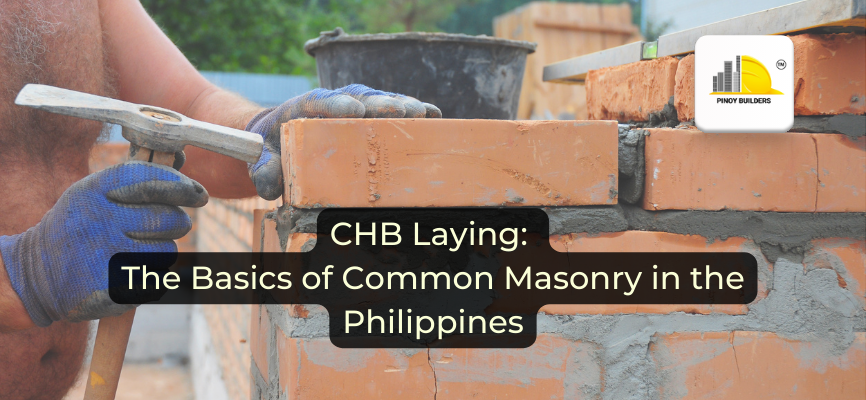Laying out concrete hollow blocks is common masonry in the Philippines. They are essential building blocks of a structure, as we need them to strengthen it and help it last longer. Masonry is a building process that involves the laying of individual blocks (e.g. hollow blocks, stone, and bricks) and binding them together with rebar and cement mortar.
With concrete hollow blocks (CHB) commonly used in the country, here are a couple of things that you need to know about the basics of common masonry in the Philippine construction industry.
What is a CHB?
Concrete Hollow Blocks are a common building material used in the Philippines. It’s used to lay out the “structural skeleton” of a building to be reinforced later on by beams and columns. We mainly use concrete Hollow Blocks or CHBs for modular use, price, and portability.
Walls built with CHB have the following advantages and disadvantages:
ADVANTAGES | DISADVANTAGES |
|
|
Common Types of CHB in the Philippines
There are two types of CHB that are commonly used in the country and they are CHB 6″ and CHB 4″.
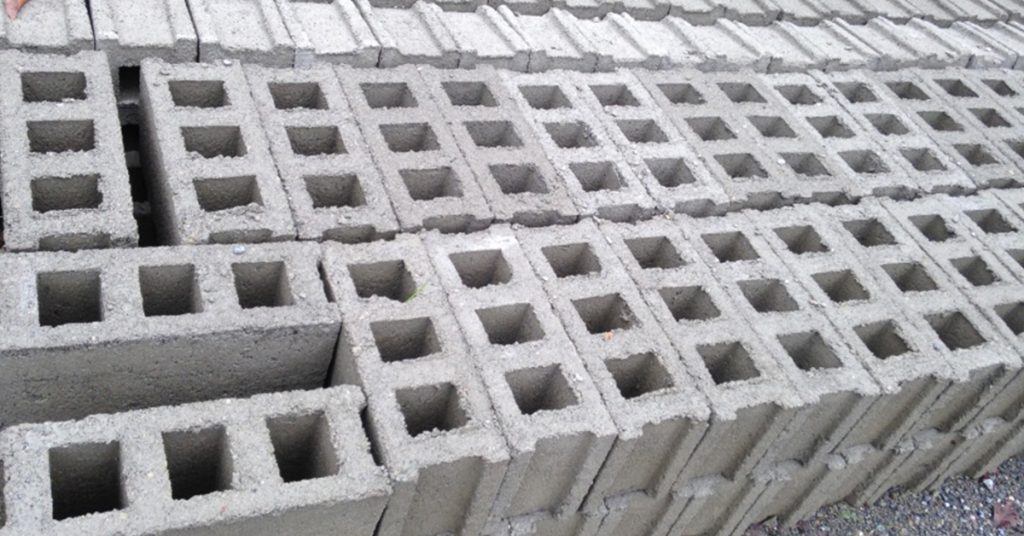
The CHB 6″ is used for tall fences, septic tanks, exterior walls, and bathroom walls. Low walls and interior walls mainly use CHB 4”. Ideally, the CHB 6″ is better for exterior walls to help protect the structure against the weather.
The Main Components of CHB Laying
There are three main components of CHB Laying and they all play an important role in making sure that the structures stay and are durable. The components of CHB Laying are:
- Concrete Hollow Blocks (CHB): The basic building blocks. A structure cannot be built without it properly.
- Mortar: It helps to bind everything together. Mortars also provide compressive strength to help the CHB become more durable.
- Rebar: It mainly provides tensile strength and holds the wall together.
You will need to make sure that you’re getting these materials from well-known manufacturers or suppliers to ensure their quality. If possible, it’s advised to get all the materials from the same supplier, as they might work better together than materials from other suppliers.
CHB Patterns and Arrangements
Structural bonding is when you bind CHB together to form a wall. This is essential to a building, acting as the backbone of the entire thing and shouldn’t be rushed for it to play a crucial role in the building’s stability. Concurrently, the type of bonding that you’ll use will also determine how strong your walls will be and how they can withstand conditions.
Before you can start with the bonding types, you first need to know the difference between a header and a stretcher, as they are terms you’ll encounter along the way.
Here’s a quick run through of the said terms:
- Header: The part of the CHB that will be laid widthwise along the wall.
- Stretcher: The part of the CHB that will be laid lengthwise along the wall.
With that, here are some CHB bondings that you need to know:
Running Bond
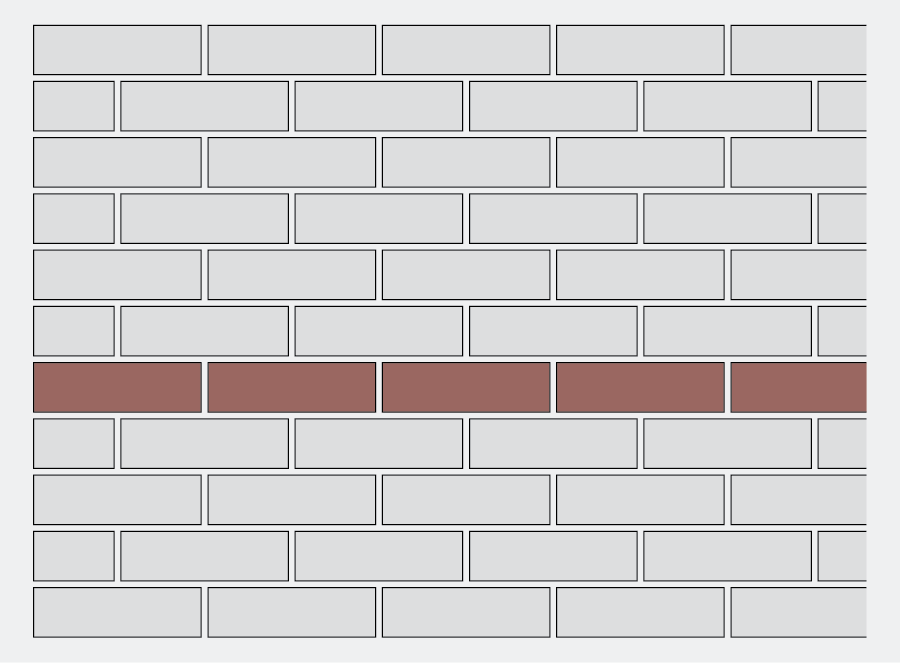
This is the most common CHB bonding pattern used in construction. You won’t be needing headers in this type. It’s composed of stretchers that are offset by half per course, with the core filled with mortar and rebar for a stronger foundation.
American Bond or Common Bond
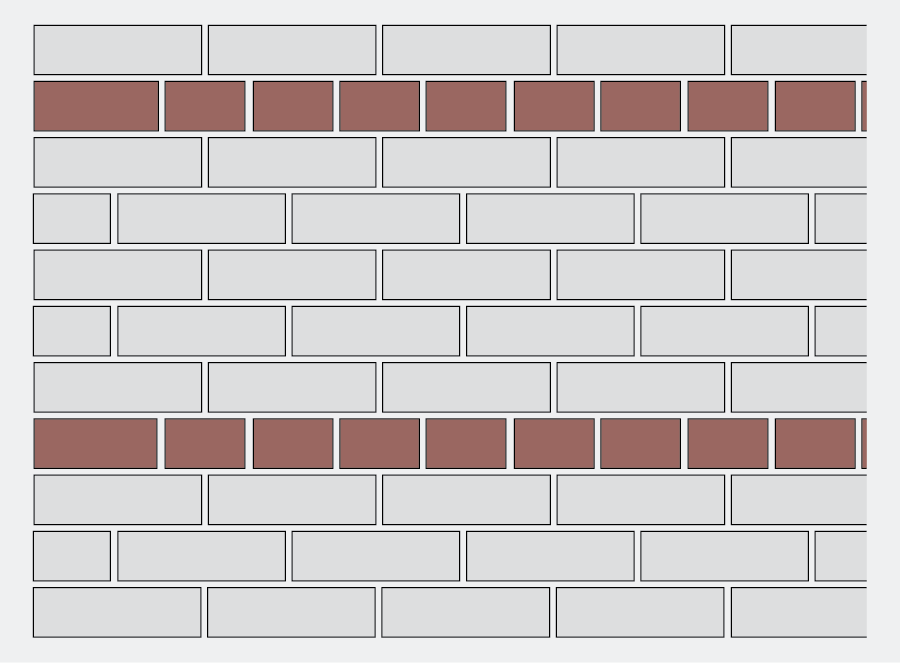
The American Bond is a variation of the Running Bond. With this, the headers appear in a course at a regular interval. It provides a structural bonding, and the pattern appears at every fifth, sixth, or seventh course. You will need to note the construction requirements, as the interval will depend on that.
Flemish Bond
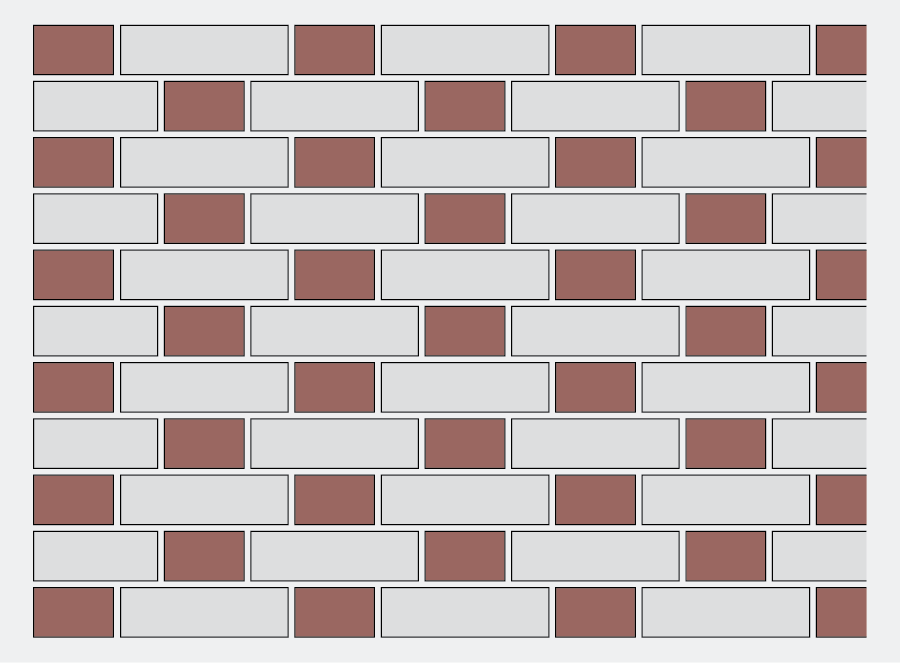
This type of bond alternates headers and stretchers. They position the headers in the center over the stretchers through the intervening courses.
English Bond
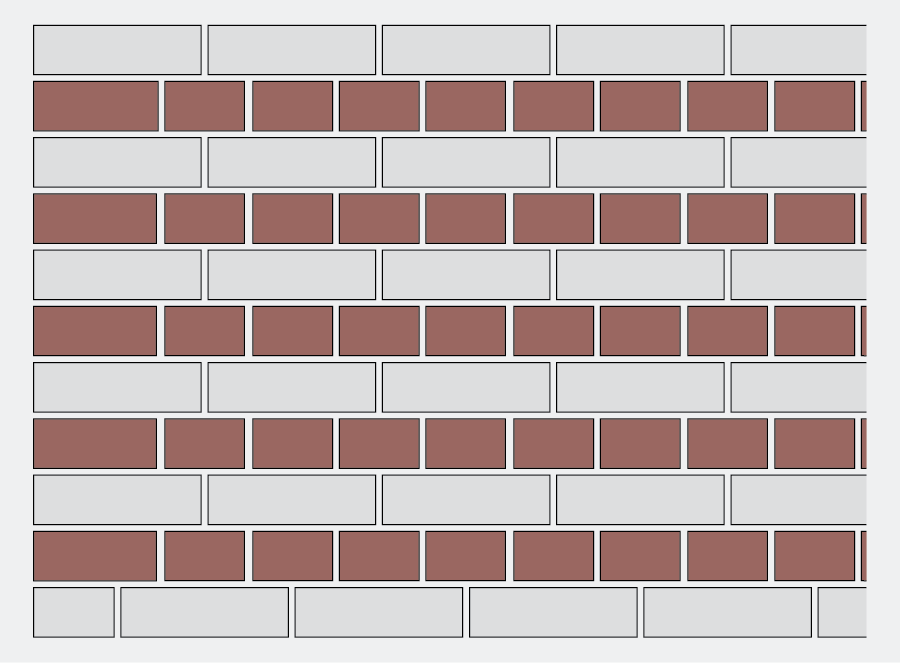
Like the Flemish Bond, the English Bond also has alternating courses of headers and stretchers. The headers are centered on the stretchers and the joints between the stretchers.
Stack Bond
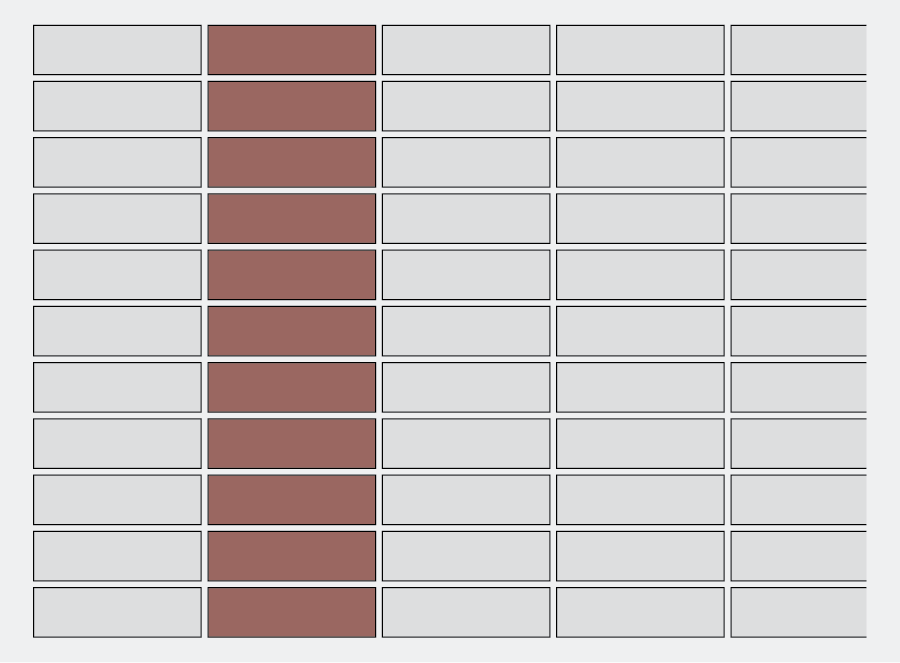
The Stack Bond is the opposite of the Running Bond. It’s composed of all stretchers directly stacked above each other, and aligning the joints. We cannot use it as a structural bond, because it lacks the strength that’s needed to support load-bearing walls.
It’s important to always note the materials that you use. If it’s possible, get your supplies from a single supplier or manufacturer – especially if you’re purchasing CHBs as different manufacturers might produce them in different sizes. Ensure that you are working with quality materials to ensure that your structures are safe, durable, and strong.
Sources:
- Virata, R. B. (2021, March 25). CHB Laying — All you need to know (within 15 minutes) — Part 1. Medium. https://medium.com/@buboyvirata/chb-laying-all-you-need-to-know-within-15-minutes-part-1-50e3642271c8#:~:text=CHB%20Laying%20%3D%20Masonry
- GharPedia, & Patel, H. (2020, February 13). Hollow Concrete Blocks: All You Need to Know. GharPedia. https://gharpedia.com/blog/hollow-concrete-blocks-basic-information/
- Masonry: How to properly lay Concrete Hollow Blocks (CHB). (2015, July 28). Archian Designs Construction in Iloilo, Bacolod, Cebu, Davao & the Philippines. https://archiandesigns.wordpress.com/2015/07/29/masonry-concrete-hollow-block-laying/
- CHB PATTERN AND ARRANGEMENT. (2021, January 24). JGF Iron Works and General Construction. https://jgfironworksandgeneralconstruction.weebly.com/blog/chb-pattern-and-arrangement


